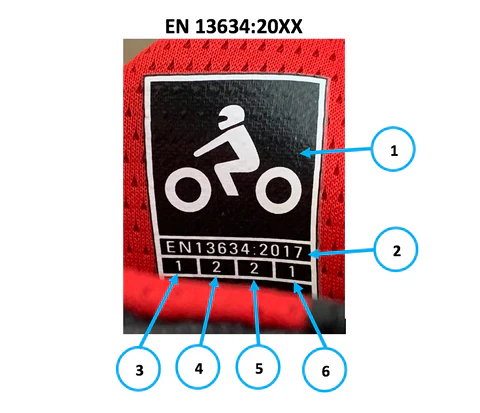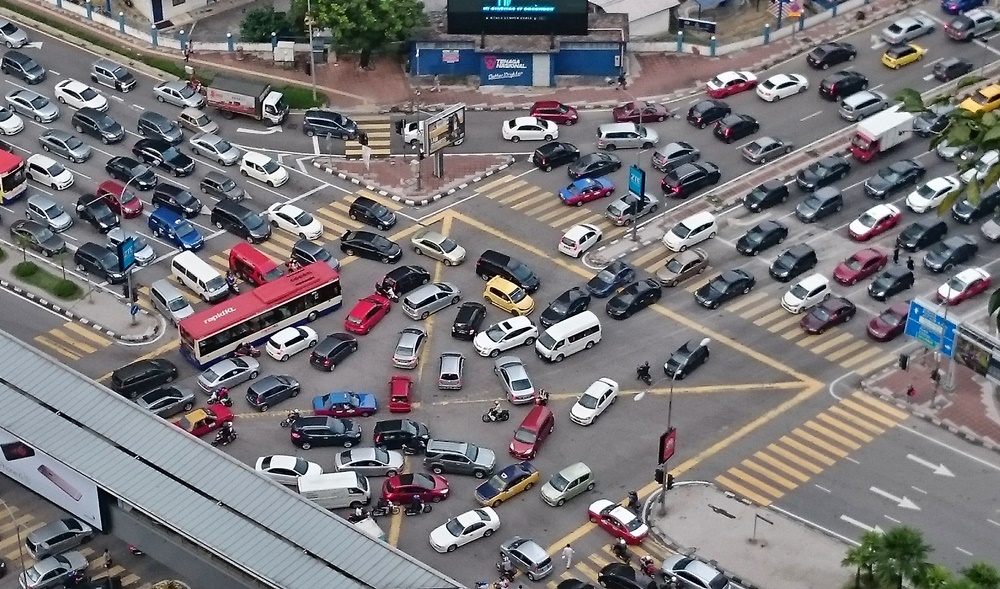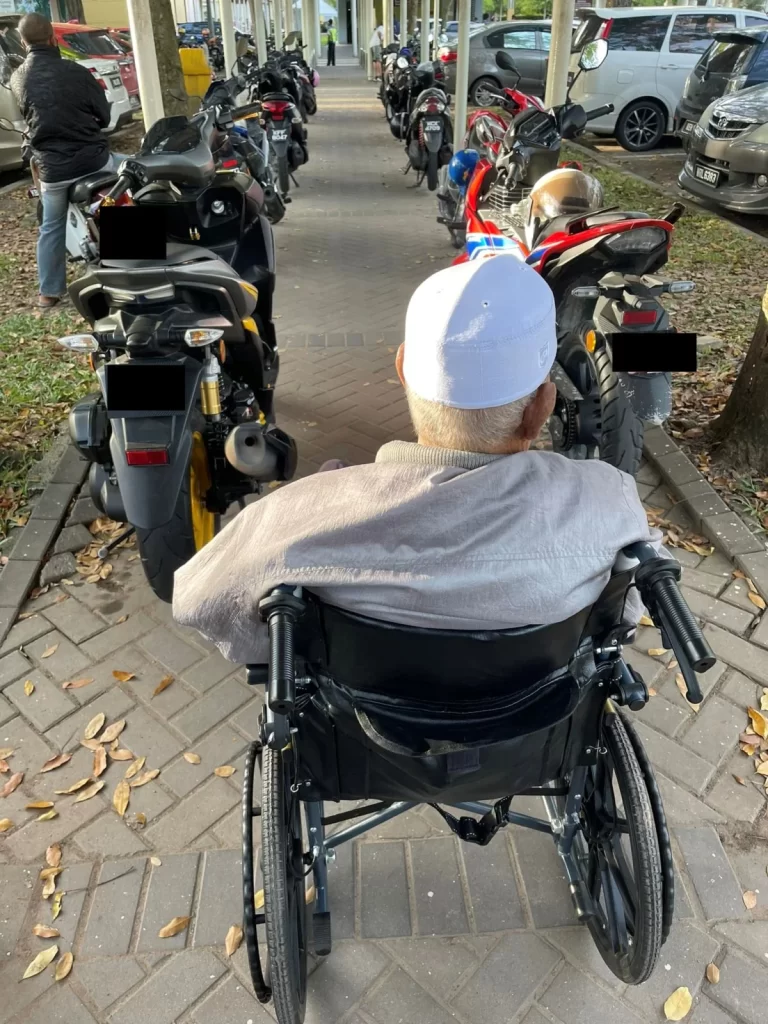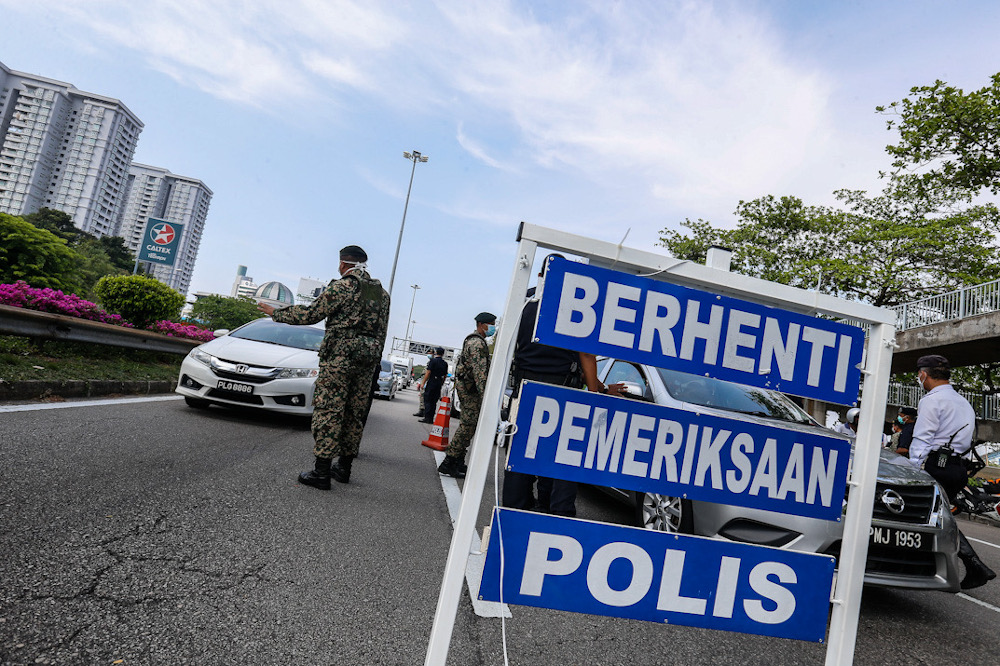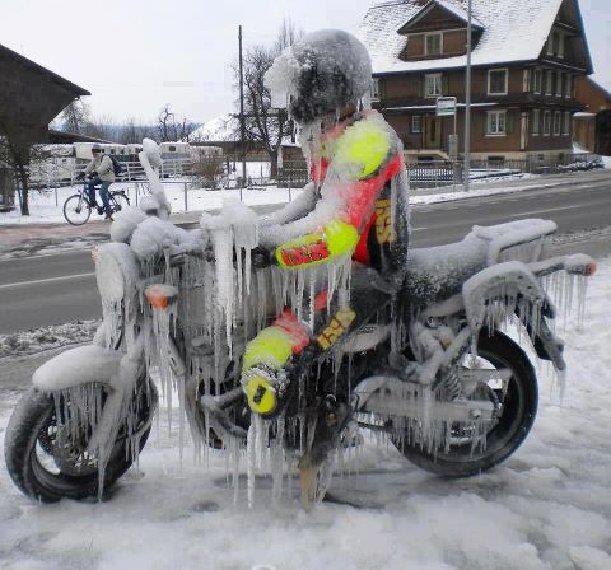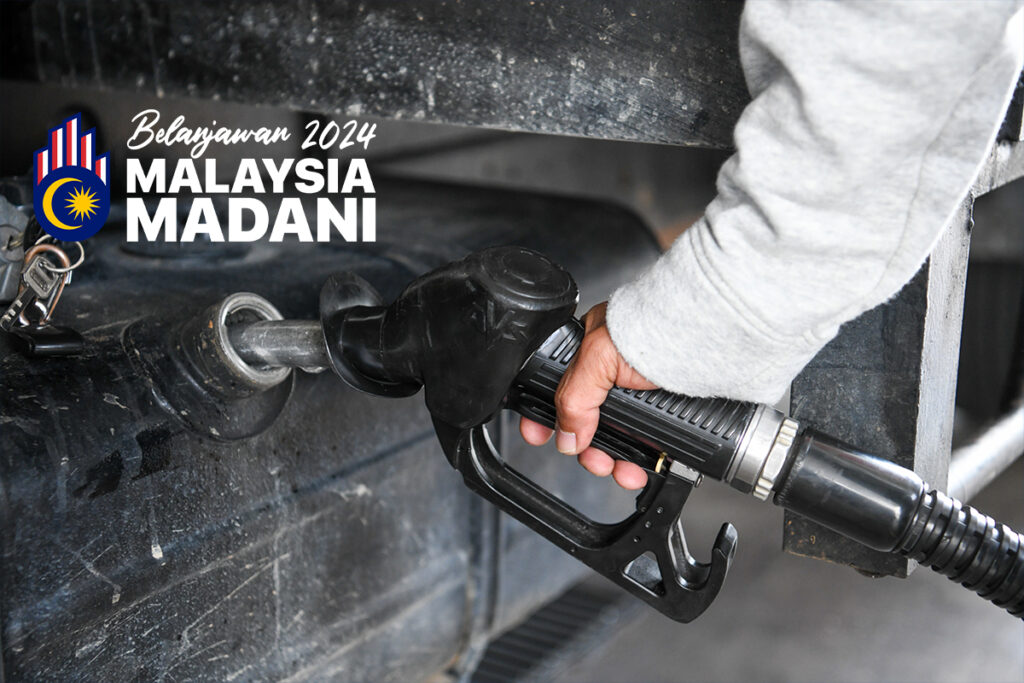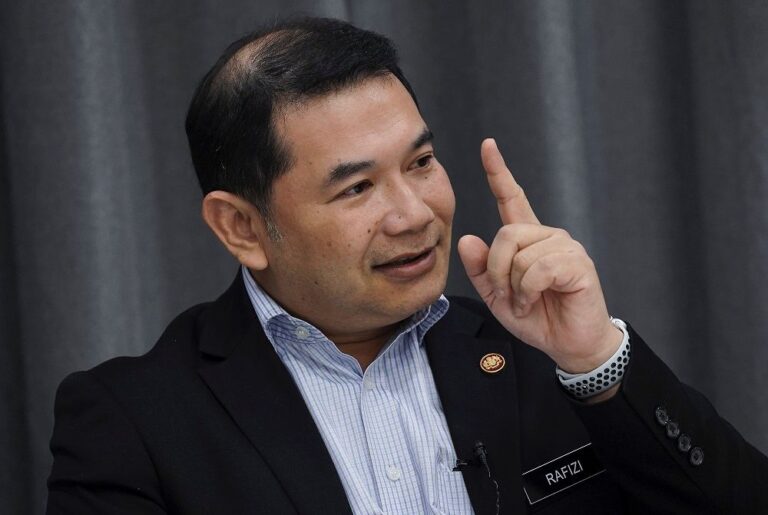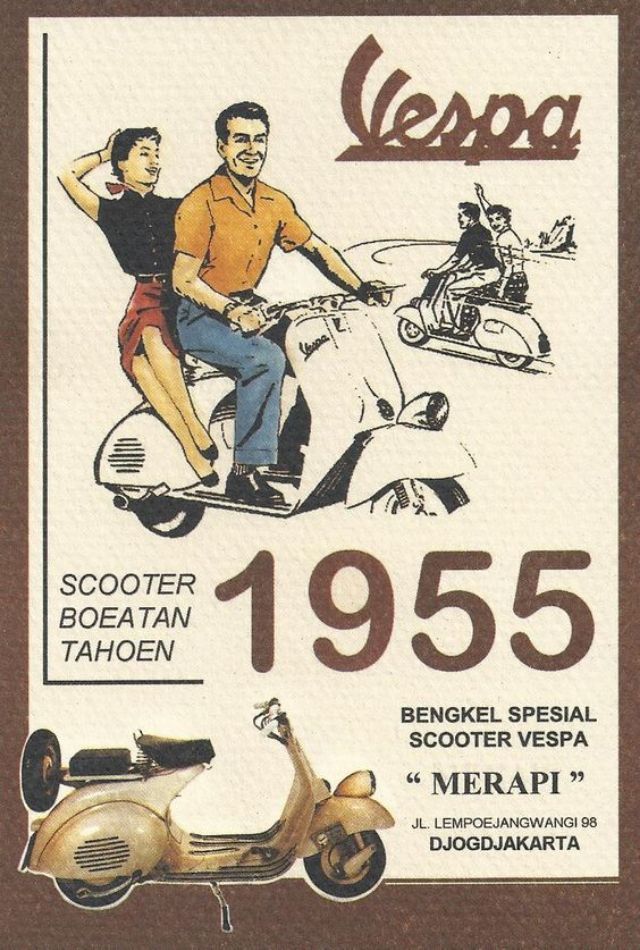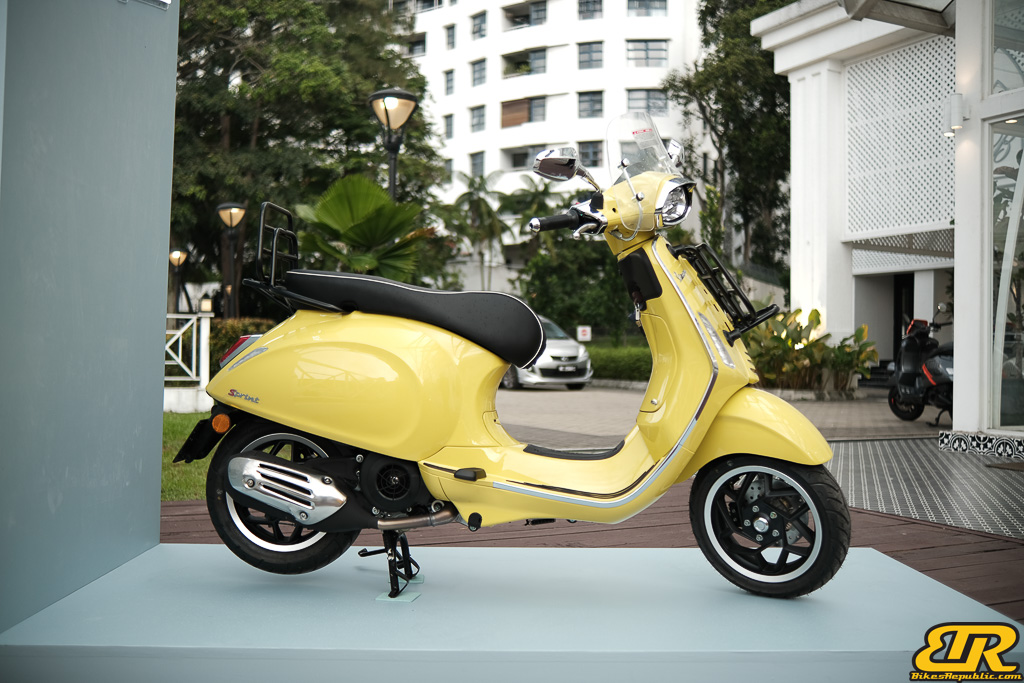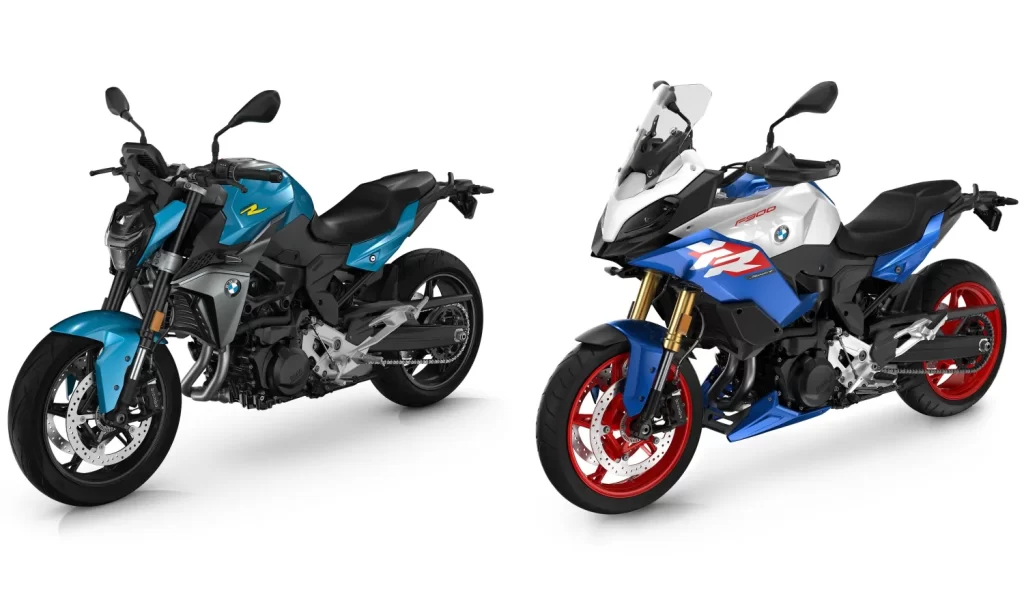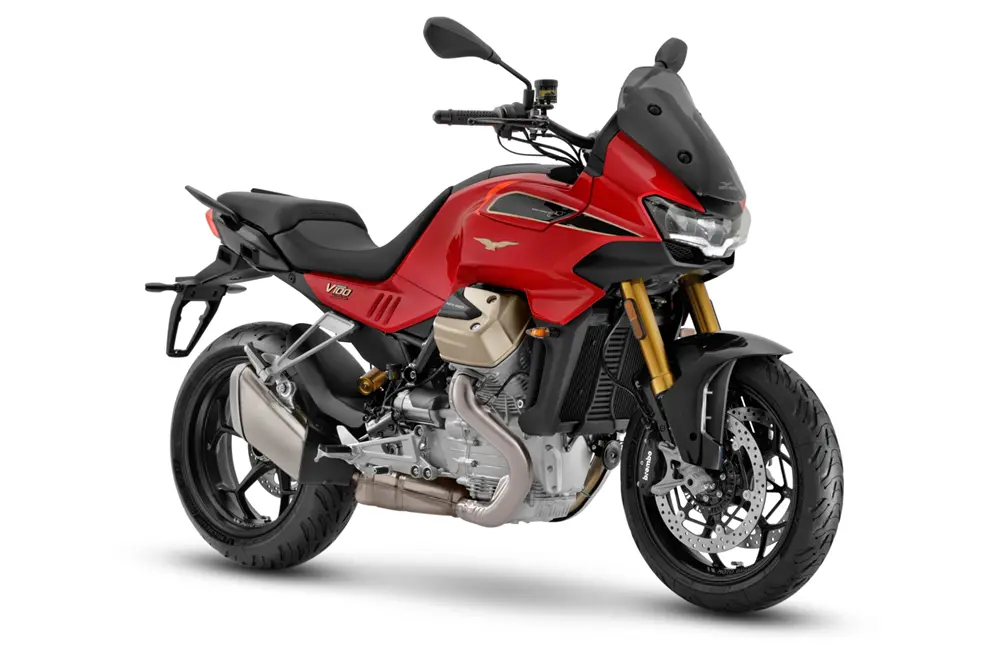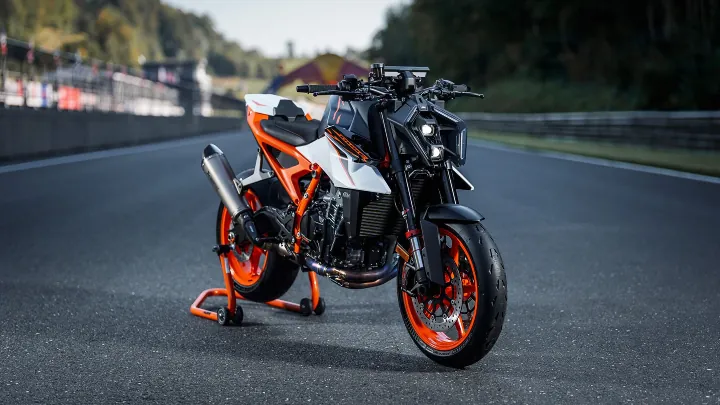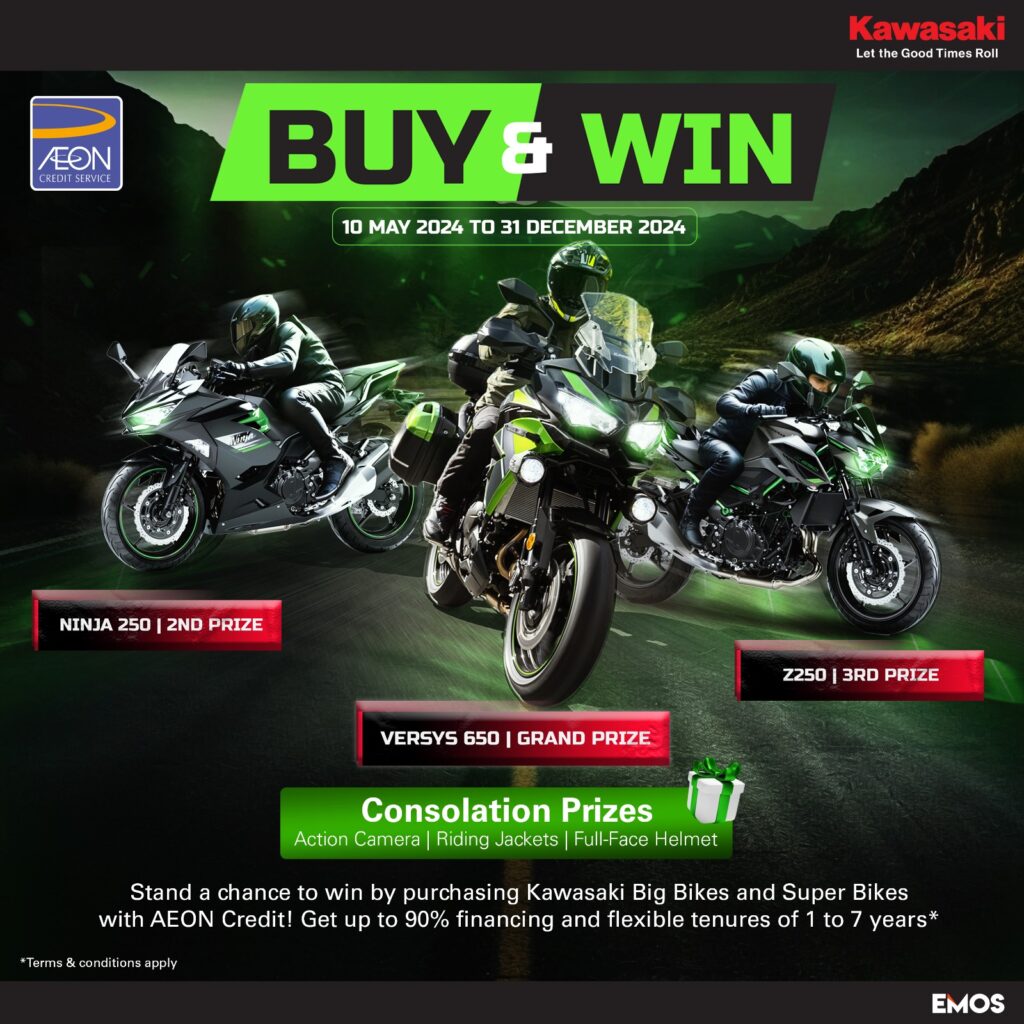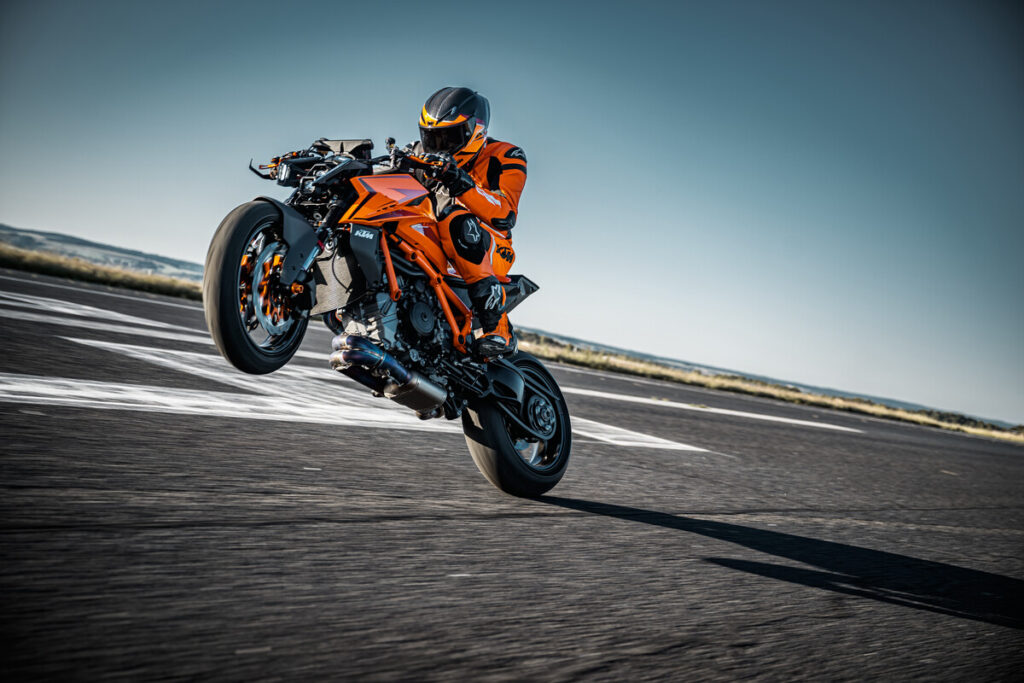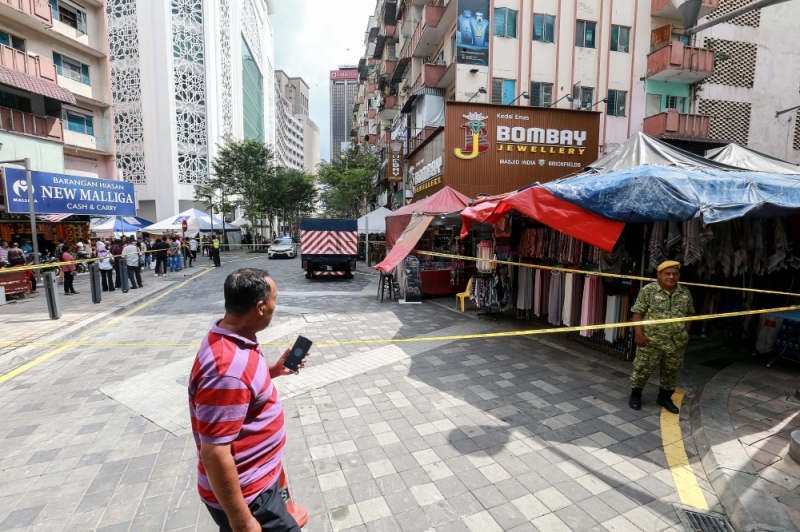You probably are already aware that reputable motorcycle gear such as jackets, pants, gloves, race suits, helmets are CE approved. And yes, there is also a CE standard for motorcycle footwear.
As you may be aware by now, the European standards committee is very serious when it comes to safety; so much so that their standards have been adopted by the United Nations. The CE mark is not something to be taken lightly, because insurance companies certain European countries will deny claims to injured motorcyclists found not wearing CE-certified gear.
CE standard for motorcycle footwear
The current CE standard for motorcycle footwear is EN 13634:2017. This is the third and latest revision after the standard was established in 2002. The revisions concerns how the shoes and boots are tested besides other safety criteria.
- The label shows that this is a personal protective equipment (PPE) for motorcycling use.
- The CE standard for motorcycle footwear, EN 13634:20XX. The year at the end notes the year of the EN 13634 standard was revised, in this case, 2017. It DOES NOT denote the year the footwear was made.
- Height of the footwear. “1” is for ankle height, while “2” is for tall boots that cover the shin. Some manufacturers forgo this digit.
- Level of abrasion resistance. The footwear is divided into two areas: Area A includes the sole, front and back of the boot. Area B includes all other areas outside A. Three samples are cut from each area and they are held against a moving abrasive belt. Thus, the abrasion level is determined from how soon the material develops a hole.
-
- Level 1 means the Area A sample lasted a minimum of 1.5 seconds while the Area B sample lasted a minimum of 5 seconds.
- Level 2 is certified when the Area A sample lasted at least 2.5 seconds, and Area B lasted a minimum of 12 seconds before holing.
- Impact cut resistance – how well the footwear holds up against sharp objects. A blade is mounted to a block which is then dropped at different speeds onto the footwear’s Areas A and B.
-
- For Area A, the blade is dropped at 2 m/s. The blade must not penetrate more than 25mm to earn Level 1 and Level 2 rating.
- For Area B, the blade is dropped at 2.8 m/s. Level 1 approval is accorded if the blade does not protrude more than 25mm. Level 2 approval is given if the blade does not go through more than 15mm.
- Transverse rigidity – The strength for the footwear in resisting being crushed i.e. motorcycle dropping onto the wearer’s foot.
-
- The widest part of the footwear is positioned between two compression plates that presses together at 30 mm/min. An apparatus records the force required to compress the sole. The machine is stopped when the plates stop compressing or the force remains constant or the sole has been crushed by 20mm. The test is repeated three times.
- If a force less than 1kN compressed the sole to 20mm, the footwear fails the test. If the force was above 1kN to 1.4kN, the footwear is certified at Level 1 for transverse rigidity. If 1.5kN or higher was required to compress the footwear by 20mm, it gets a Level 2 pass.
Optional tests
Manufacturers may opt to submit their products for additional tests. The passed criteria will be printed on the label beneath the mandatory boxes.

- IPS/IPS – Impact protection for the ankle or shin. The footwear is cut open at the sole and the protector is subjected to a force of 10 joules. The protector must not transmit more than 5kN through it. Should the ankle protector pass, IP will be printed on the label. If the shin protector passes, IPS will be indicated.
- WR – Water resistance. There are two ways of testing for this. The first is a person donning the footwear and walking a total of 1km in shallow water. Another method is by fixing the footwear to a machine with toes and replicating 4,600 steps while submerged in water. The area of dampness inside the footwear must not exceed 3cm2.
- FO – Fuel and oil resistance on the sole. The sample footwear is first weighed before being soaked in fuel for 22 hours. It is then removed and weighed again. The new weight should not increase more than 12%.
- SRA/SRB/SRC – Sole’s slip resistance. The tests are carried out with a mechanical heel placed at a 7-degree angle. If the footwear’s label shows “SRA,” it passed on a ceramic tile surface covered with diluted soap. “SRB” means steel floor treated with glycerol. “SRC” means the footwear passed both the SRA and SRB tests.
- Breathability of upper parts – If the footwear’s label has a “B” on it, it has passed the test for moisture vapour escape.
- WAD – Water absorption/desorption of inner. The footwear is tested to see how much water gets soaked into the inner and how much of that is released.
In closing
Do consider wearing CE tested footwear when you ride because they were exhaustively tested before being approved for sale.
Granted, there are also motorcycle footwear in the market without without CE approval but there is no telling how well they will protect your leg and feet in any accident.
And no, your Nike Air Jordan is not CE certified for motorcycle riding.





